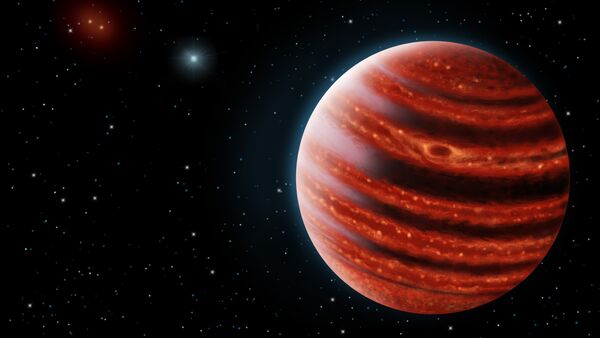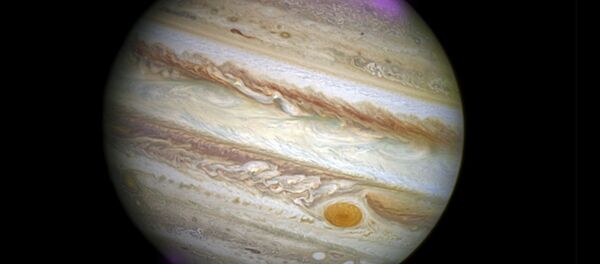Identified as 2MASS J1119-1137, the 10-million-year-old object is between four and eight times the mass of Jupiter, which means that the object falls in the mass range between a large planet and a small brown dwarf star, according to the website Science Daily, which referred to the study on the matter.
Using data obtained with the help of NASA's Wide-field Infrared Survey Explorer and other ground-based telescopes, 2MASS J1119-1137 was tracked after astronomers used a combination of optical and infrared images from large-area surveys of the sky.
The study's lead author Kendra Kellogg, of Western Ontario's Department of Physics and Astronomy, specifically pointed to the light that the newly-found object is emitting.
"We identified 2MASS J1119-1137 by its highly unusual light signature. It emits much more light in the infrared part of the spectrum than would be expected to if it had already aged and cooled," Kellogg said.
"Our Gemini observations only showed that the object was younger than about 200 million years. If it was much younger, it could actually be a free-floating planet, an analog of our own Jupiter, yet without a host star," Metchev said.



